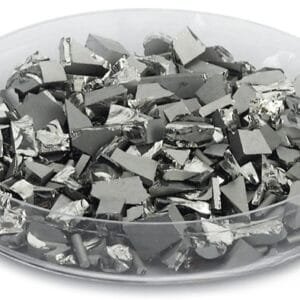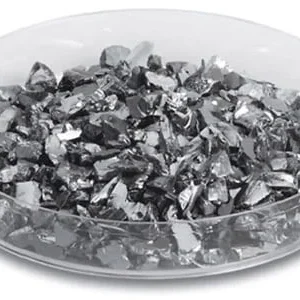Germanium Nitride Evaporation Materials Overview
Germanium Nitride (Ge3N4) evaporation materials from TFM are advanced nitride ceramic compounds, essential for high-quality film deposition processes. With a chemical formula of Ge3N4, these materials are known for their high purity and play a crucial role in ensuring the integrity of deposited films.
Key Specifications
| Material Type | Germanium Nitride |
| Symbol | Ge3N4 |
| Appearance/Color | Light brown |
| Melting Point | 900 °C (1,650 °F; 1,170 K) (decomposes) |
| Density | 5.25 g/cm3 |
| Purity | 99.9% |
| Shape | Powder/ Granule/ Custom-made |
Applications
Germanium Nitride evaporation materials are used in various high-precision applications:
- Deposition Processes: Ideal for semiconductor deposition, chemical vapor deposition (CVD), and physical vapor deposition (PVD).
- Optics: Suitable for wear protection, decorative coatings, and display technologies.
Packaging
TFM ensures that Germanium Nitride evaporation materials are thoroughly tagged and labeled for clear identification and rigorous quality control. We take meticulous care to prevent any damage during storage and transportation.
Contact Us
As a leading supplier of high-purity Germanium Nitride evaporation materials, TFM offers products in multiple forms including tablets, granules, rods, and wires. Custom shapes and quantities can be requested to fit specific needs. Additionally, we provide a range of evaporation sources, boats, filaments, crucibles, heaters, and e-beam crucible liners. For current pricing and further information on materials not listed, please contact us.


 MSDS File
MSDS File



Reviews
There are no reviews yet.